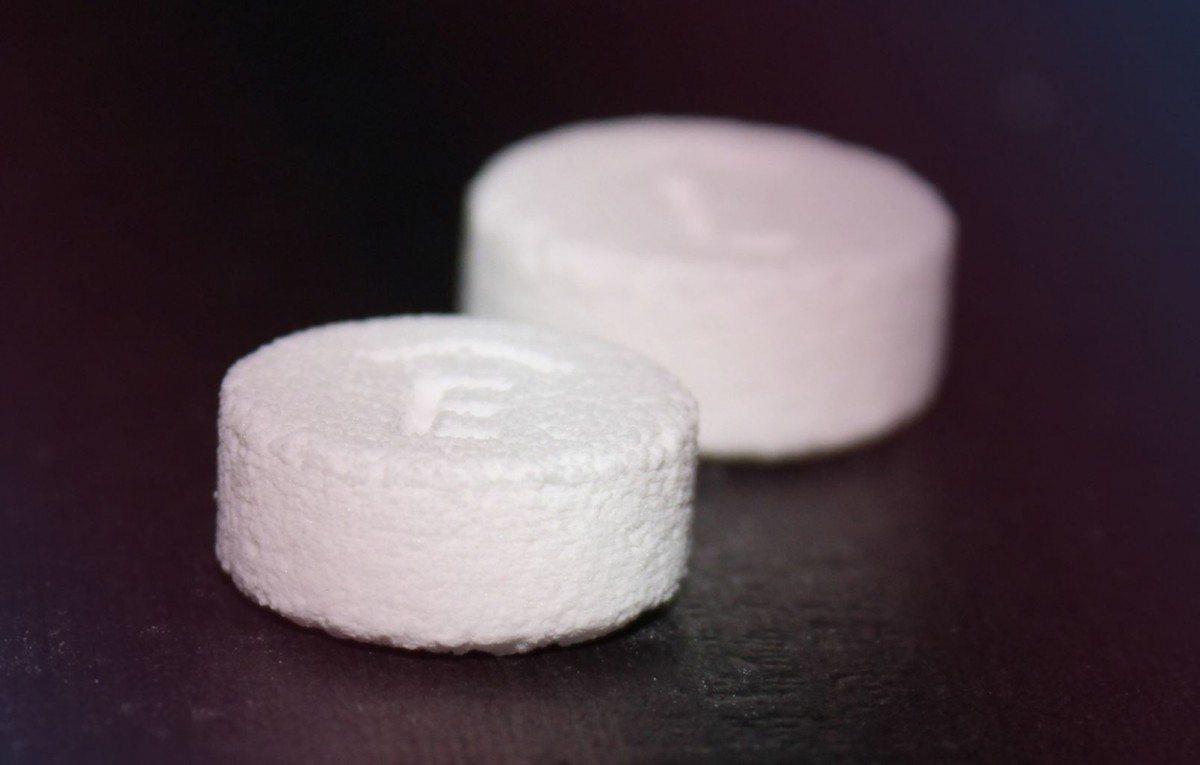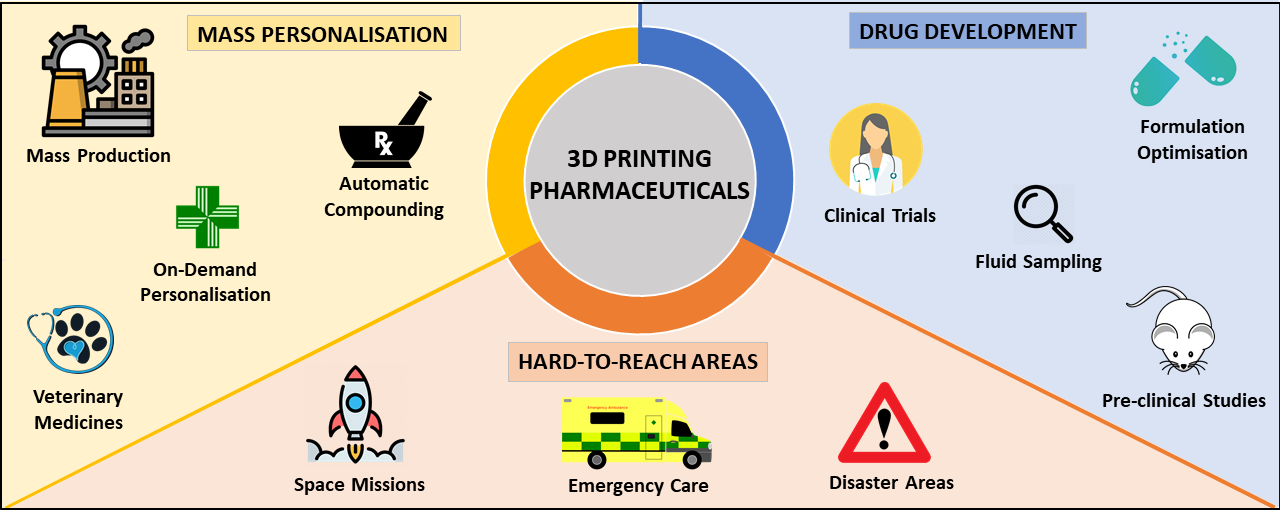China3D printingA new paper has been published by University of Queensland (UG) researchers exploring the role of 3D printing in personalised medicine for patients in the future.
According to Liam Krueger, a pharmacist, UQ PhD student and lead author of the study, the technology is perfect enough to accurately print professional doses on-site in hospitals and pharmacies in the next few years. Through this study, the researchers hope to accelerate the development of 3D printed medicines in Australia and beyond.
“3D printing is often used in other medical settings such as dentistry to make implants, but the technology has lagged behind in pharmaceutical applications,” Krueger said.
Through this research, we hope to gain more momentum for the implementation of this technology, which will provide incredible opportunities for the future of the Australian pharmaceutical industry. “

Spritam is the world’s first FDA-approved 3D-printed drug marketed by Aprecia Pharmaceuticals. 3D-printed pills used to treat seizures have higher porosity than traditionally manufactured equivalent pills, which means they dissolve and act faster in the body. Image via Aprecia
3D printingpharmaceutical progress
While additive manufacturing is widely believed to offer several significant advantages for clinical drug development, such as personalizing medicines based on patient needs, accelerating drug delivery times, and providing on-demand treatments, the technology’s transition from the laboratory to the clinic remains substantial degree is in its infancy.
There have been some notable advances in the field, though, notably Aprecia, which received the FDA’s first 3D-printed drug approval in 2015. The company’s Spritam drug was approved to treat epilepsy, and since then Aprecia has continued to expand its manufacturing output through partnerships with companies such as R&D firm Battelle.
Other players at the forefront of the field include pharmaceutical 3D printing specialist FabRx, which has developed personalised medicines for the treatment of rare metabolic diseases in children by developing its own flexible drug manufacturing platform, and manufactured its 3D printed ‘Printlets’ tablet Computer Braille and moon patterns help people with vision impairments take their medication.
Elsewhere, global pharmaceutical company Merck has launched a joint project with EOS Group company AMCM to develop and produce 3D-printed tablets in 2020, first for clinical trials and then for commercial manufacturing.

The application of 3D printing in the pharmaceutical industry. Image via FabRx.
Are 3D printed pills the future of medicine?
UQ’s latest research in the field of 3D printed pharmaceuticals shows that the technology is now sophisticated enough to be deployed in hospitals and pharmacies in the future.
“Advances in 3D printing technology mean we can tailor medicines to patients to ensure they have the exact dose or combination that meets their specific needs,” Krueger said. “Through 3D printing, we can combine five pills into one and even change the size, shape, color, taste or texture of the pills.”
While additive manufacturing has clear advantages in the field, Krueger noted that some logistical challenges still need to be addressed before the technology can be more widely adopted in medical settings.
One of the challenges is print time, with the paper predicting that a single, standard-size 10x3mm pill will take about three minutes to print, compared with about 45 minutes for a batch of 28. In fact, the wait time is too long for on-demand deployment of drugs in clinics and needs to be shortened for large-scale application in real-world settings.
However, UQ Associate Professor Amirali Popat, co-author of the paper, believes that 3D printing’s ability to reduce polypharmacy is promising.“Combination is the use of five or more medicines at the same time, and about two thirds of 75-year-old Australians fall into this category,” he said. “The real benefit of this technology lies with the consumer or the patient, and while we still have a long way to go until we see it become a reality in a healthcare setting, this is a very exciting development.”
The research is the start of a larger study being collected at the University of Queensland on the feasibility of using 3D printing for personalised medicine in real-world settings, and the data collected so far is promising, the researchers said. According to co-author Chris Freeman, national president of the Pharmaceutical Society of Australia, “3D printing in the future could help people using multiple medications at the right time, in the right dose and potentially reducing non-adherence.”
China 3D Printing NetworkCompile the article!
(responsible editor: admin)


0 Comments for “University of Queensland researches 3D printing for future personalised medicine”